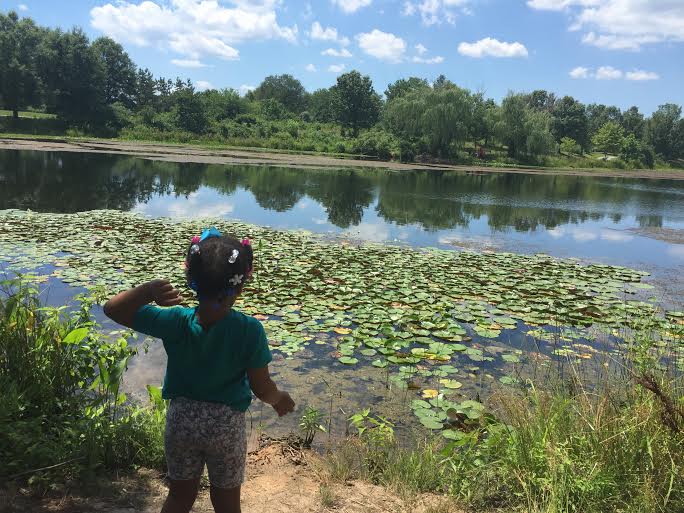 When you think of administering a “time-out” maybe you think of a kid sitting or standing in a corner staring into the oblivion of already dried paint. Or maybe you think of a kid hands in their lap sitting attentively on the stairs. Or maybe you have an image of a kid supposedly sitting on the side of their bed in their own room or their parents’ room. I used to think of time-out this way... Then one day it all changed. In my attempt to make us a more mindful family, I decided to audit our daily activities to see where we could insert more mindful opportunities. Since I'm more of a fan of thoughtful punishment over corporeal, I figured that a time-out was the best way to force a child to be more thoughtful. At first I made my child say the behavior I thought they should have executed in “said” scenario. Then I made them meditate on the other person’s feelings- with the intent that purposefully thinking of others would increase empathy. Then I made them think of their own feelings. Maybe I was doing it wrong, but none of these really produced any transformational behaviors. I was back where I started again.
 It worked! It calmed them down. It made them thoughtful. It helped improve empathy. Science has proven many times that nature is one of our best healers. In fact, Ecotherapy (Nature Therapy, Green Therapy) is the physical and psychological healing process centered around outdoor activities. “Ecotherapeutic methods tend not to emphasize intrusive ‘interventions’ or other authority-driven impositions”(p.20 Buzzell, Chalquist)... being in nature thus creates an avenue for introspective growth and emotional maturity. “In the absence of soul and of connection we experience a profound loneliness and emptiness” (p.26). The isolation of a mindless time-out only exacerbates this emptiness and therefore does not shift a child’s behavior in the direction we would hope. But having your child sit outside, or having them observe nature, in essence, places them within the living warmth and lovingness of our planet. It takes them back to the root of who they are. It slows down their thoughts to allows them to be mindful and appreciate their place in the big picture and gives them the opportunity to enhance their empathy because of it.
Next time you administer a time-out, sit your child in front of a window or both of you sit outside. At first they may pick at the paint. They may wander mentally, which is ok. But in this day and age, who really gets the opportunity to just stop and look at nature? This is a reward but maybe in this moment they might be inspired to exercise empathy and connectedness next time. And if they don't, that's ok too because the stillness of nature has a lasting affect on us all. Rather than isolate a child mentally in their own head, give them the gift of the stillness and connectedness of nature. Reading on Ecotherapy:
Ecopsychology: Restoring the Earth, Healing the Mind (1995) Roszak, Gomes, Kanner, Brown, Hillman Ecotherapy: Healing Ourselves, Healing Our Earth (1996) Dr. Howard Clinebell Ecotherapy: Healing with Nature in Mind (2009) Linda Buzzell and Craig Chalquist
0 Comments
Your comment will be posted after it is approved.
Leave a Reply. |
I'm a former teacher and former college athlete, currently working to make life more equitable for all people. My mission is to get parents to partner with their child's teacher.
|




